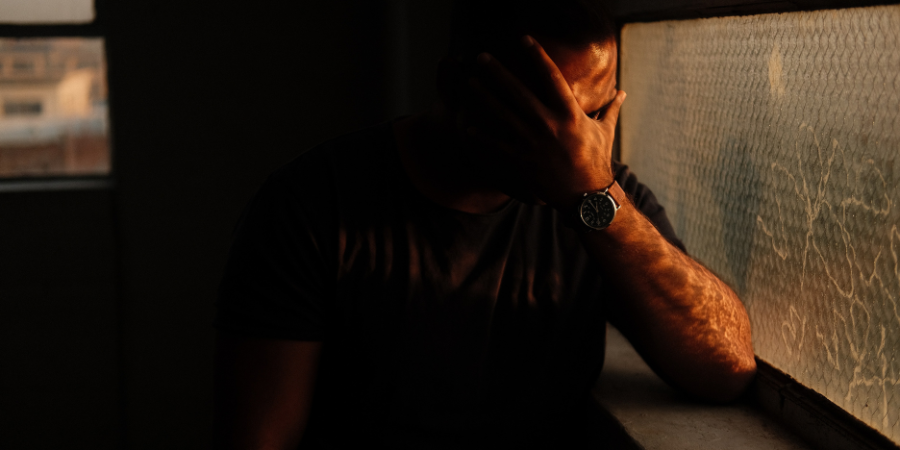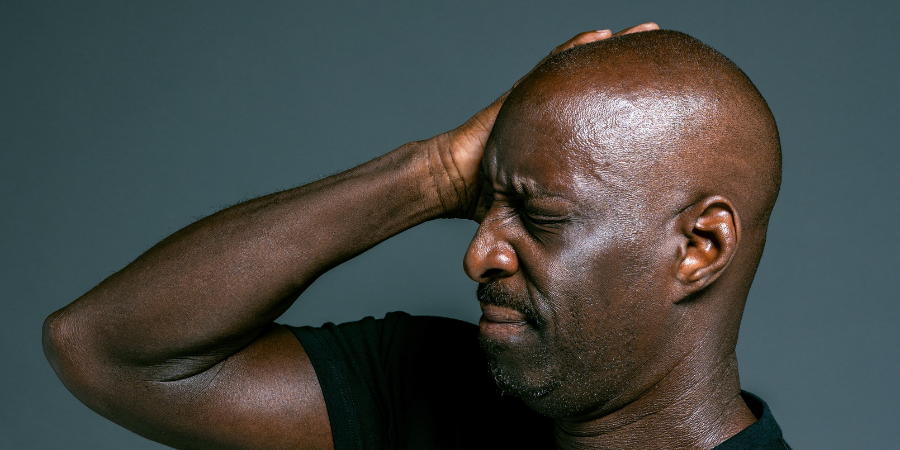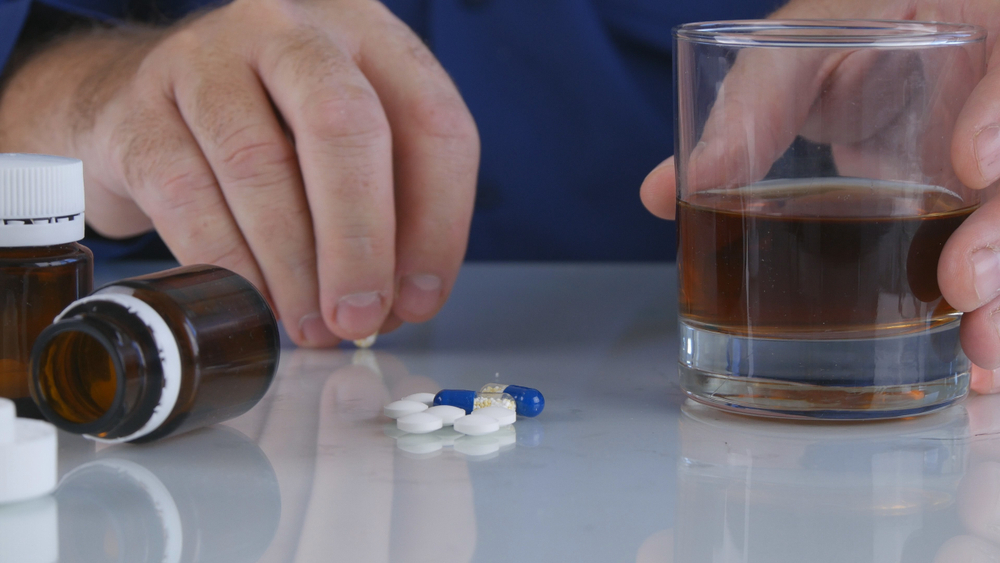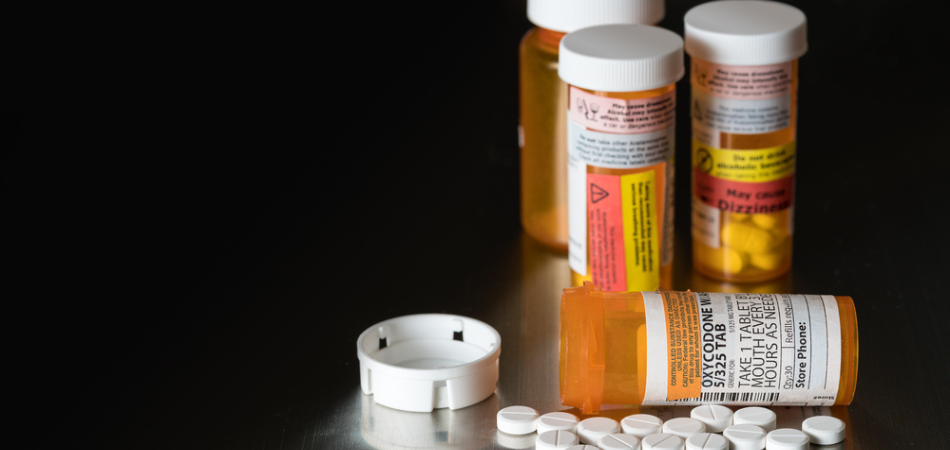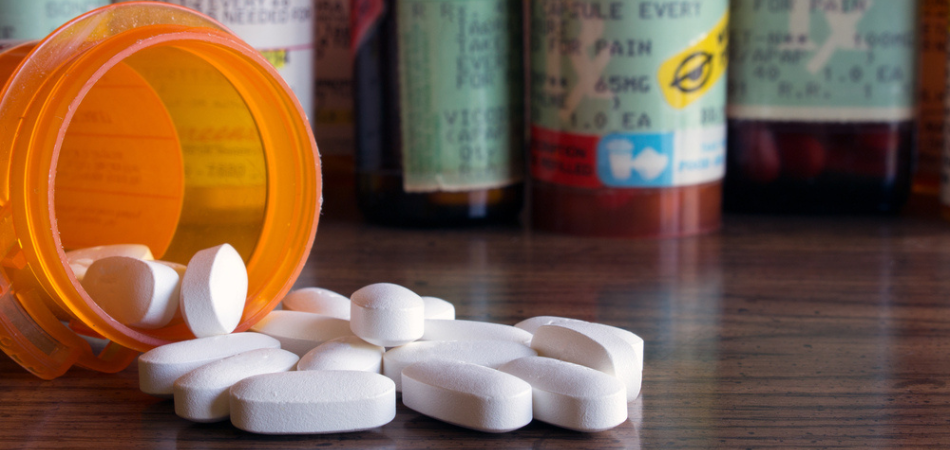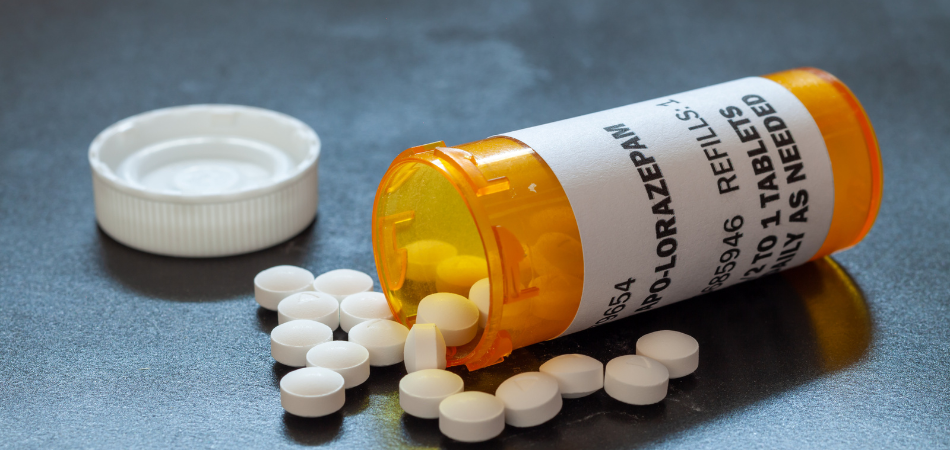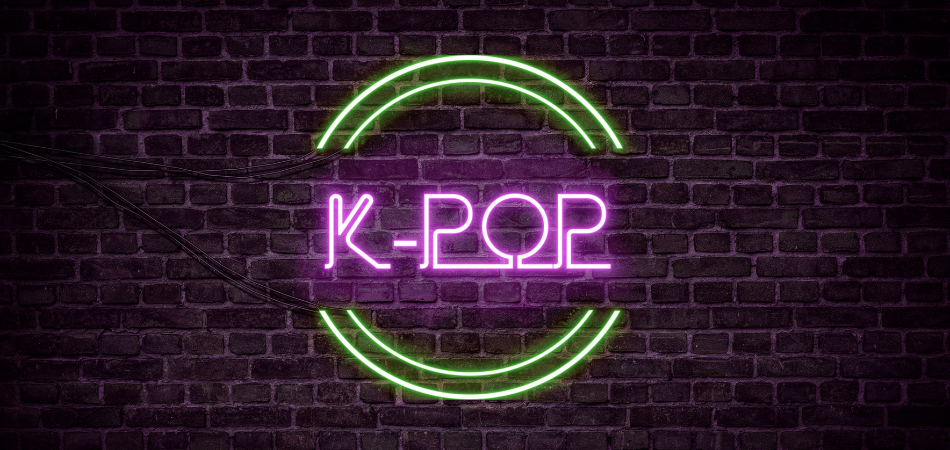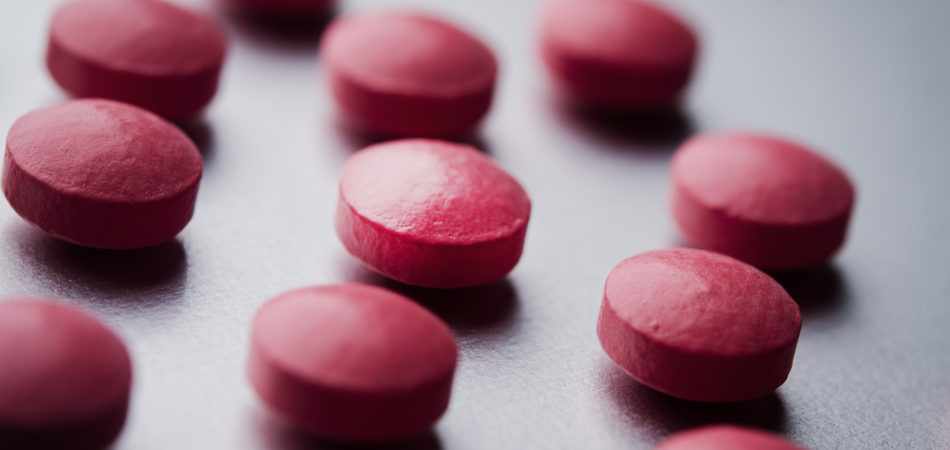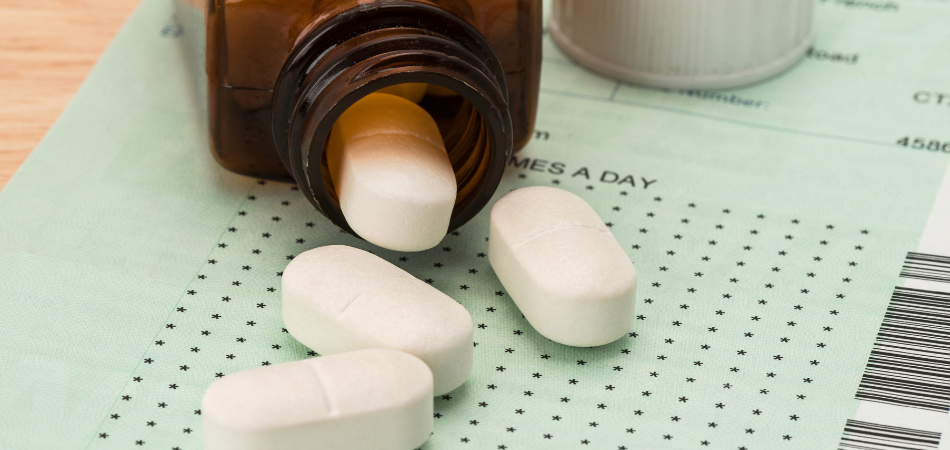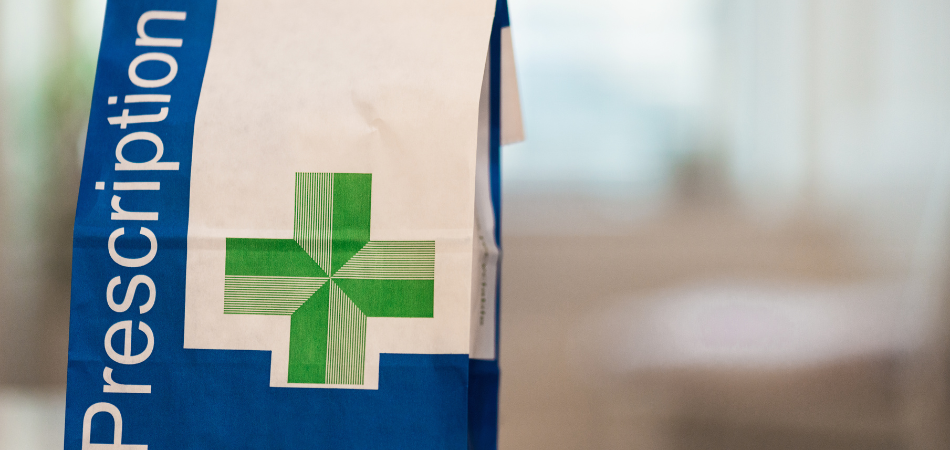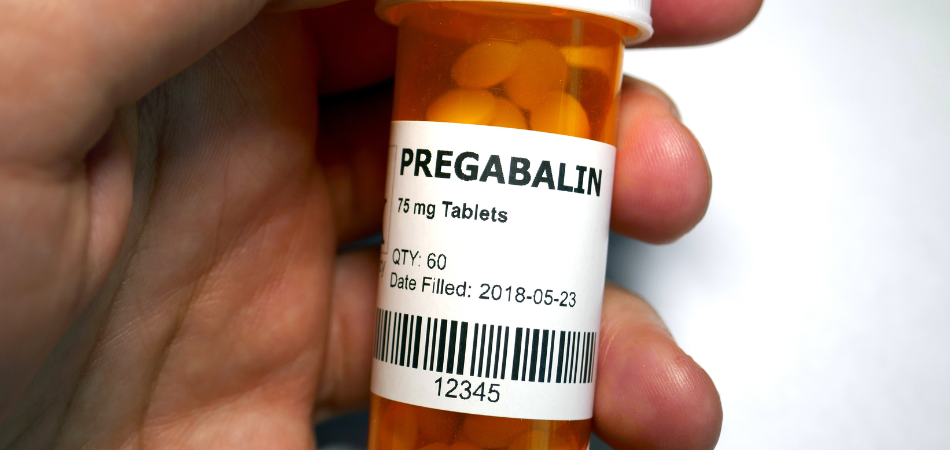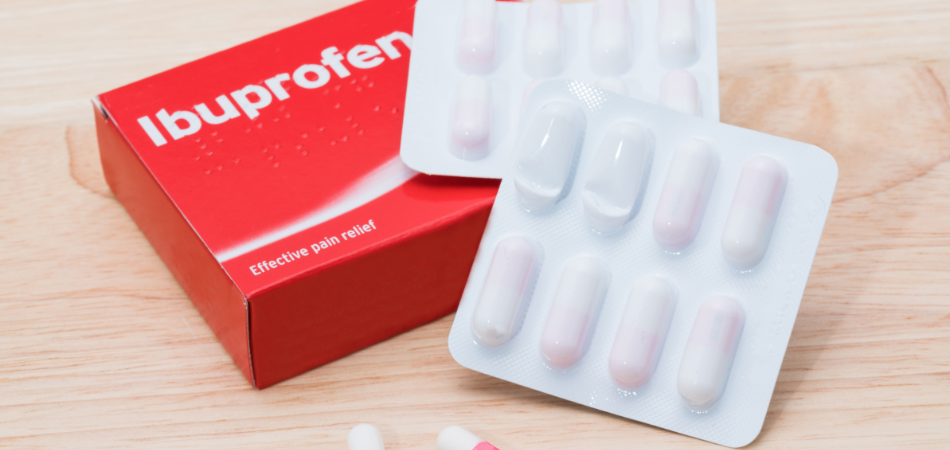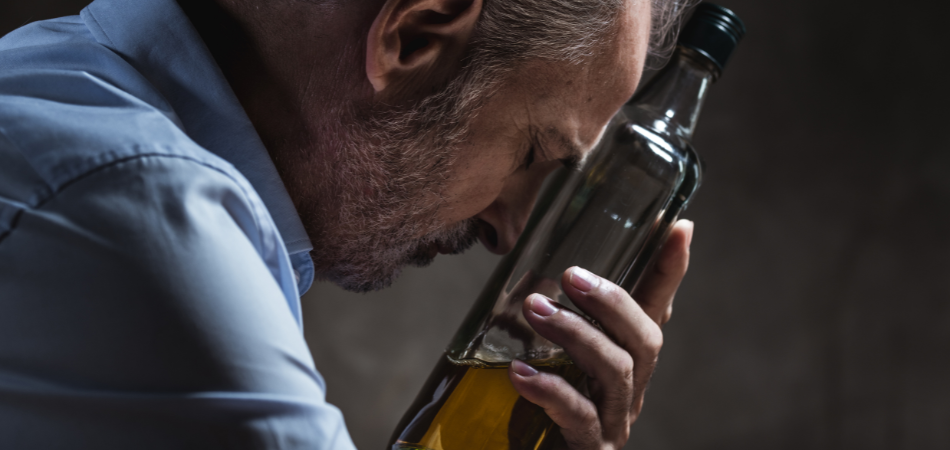
Written by:
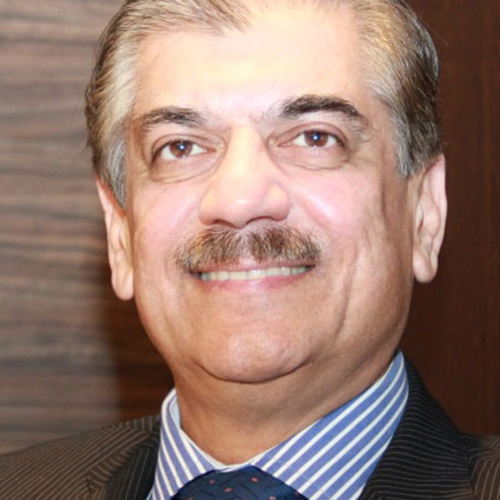
Medically Reviewed by:
Last Updated:
August 7th, 2025
Prescription Drug Addiction | Types, Symptoms and Causes
Prescription drugs are made to help people feel better. They’re used to treat pain, calm anxiety, aid sleep, or manage mental health. But when taken over time, even as directed, some prescription drugs can lead to physical or psychological dependence. When the line between use and misuse becomes blurred, addiction can creep in quietly.
At Primrose Lodge, we’ve worked with many people who didn’t realise they had a problem until they tried to stop. Understanding how it develops, what to look out for and how recovery works can help you or someone you care about make the first move towards change.
What is prescription drug addiction?
Prescription drug addiction is a pattern of behaviour where a person becomes reliant on medication, either physically, psychologically or both. It might begin with a real medical need, like recovering from surgery or dealing with anxiety or depression, but over time, the body and brain adapt.
This adaptation can create a cycle: the drug stops working as well, doses increase and stopping brings on uncomfortable withdrawal symptoms. What once felt like a helpful solution starts to feel like something you can’t do without.
Because these drugs are prescribed by doctors, many people don’t see their use as risky. That’s part of what makes prescription drug addiction harder to recognise and, at times, more difficult to talk about.
Types of prescription drug addiction
There are several categories of prescription drugs that can lead to addiction. Each has different effects, withdrawal symptoms and treatment needs. At Primrose Lodge, we provide support for a wide range of prescription drug issues, including the following:
Antidepressants
While antidepressants don’t produce a traditional high, long-term use can lead to emotional dependence. When someone tries to stop, withdrawal symptoms such as low mood, brain fog or physical discomfort may appear, making it feel safer to keep taking them. This ongoing reliance can turn into a cycle of use that’s difficult to break without support.
Benzodiazepines
Drugs like diazepam, lorazepam and clonazepam are commonly prescribed for anxiety and sleep. They work by slowing down brain activity, creating a calming effect. But the brain quickly adapts to these changes, leading to tolerance and dependence. Withdrawal from benzodiazepines can be intense and stopping suddenly can even be dangerous, making professional help essential.
Opioid addiction
Prescription opioids such as codeine, morphine and oxycodone are used to manage pain but they also affect the brain’s reward system. This can create a sense of calm or even euphoria. Over time, the body becomes tolerant and people find themselves needing higher doses to feel the same relief. Withdrawal can bring both physical and emotional distress, which fuels continued use.
Sleeping pills
Sleeping tablets like Zopiclone or Zolpidem are often used short-term but longer use can lead to psychological reliance and changes in sleep patterns. Many people feel they can’t fall asleep without them and experience restlessness, anxiety or insomnia when they stop. This makes tapering off difficult without support and structure.
Stimulants
Prescription stimulants such as Adderall or Ritalin are used to treat conditions like ADHD. While they help with focus and energy, they can also lead to misuse, especially when taken in higher doses or without a prescription. Dependence can form when someone starts to feel they can’t perform or function without them, making recovery feel uncertain or intimidating.
How prescription drug addiction develops
Unlike illicit drug use, which often starts recreationally, prescription drug addiction can develop slowly and subtly. It may begin with a real medical concern and a valid prescription. But over time, the body becomes used to the medication and stopping doesn’t feel like an option.
Some people notice they’re taking more than prescribed, running out early or using the drug to deal with stress or emotions rather than its original purpose. Others may follow the dosage exactly but still experience cravings, withdrawal symptoms or emotional dependence.
Because prescription drugs are often taken in private, addiction can develop without outside notice. Also, because they’re legal and medically approved, users may not realise how dependent they’ve become until the drug is removed or no longer available.
Signs and symptoms of prescription drug addiction
Prescription drug addiction can affect both the mind and body. The specific symptoms will vary depending on the drug involved but some general signs are worth watching out for.
- Taking higher doses than prescribed
- Going to multiple doctors for the same medication
- Hiding pill use or lying about how much is being taken
- Using medication in ways not intended (e.g., crushing or mixing)
- Running out of prescriptions early or seeking illegal alternatives
- Feeling anxious or low when the medication isn’t available
- Believing life is unmanageable without the drug
- Mood swings, irritability or emotional flatness
- Trouble concentrating or feeling present without medication
- Using the drug as a coping tool for unrelated stress
- Tolerance (needing more to feel the same effects)
- Shaking, sweating or restlessness between doses
- Sleep problems, digestive changes or loss of appetite
- Headaches, muscle aches or flu-like symptoms when stopping
- General appearance of being unwell or rundown
The impact on everyday life
What makes prescription drug addiction particularly difficult is how normal everything can seem on the outside. Unlike some other forms of addiction, the person might still be going to work, showing up for responsibilities or keeping social plans.
But underneath, things begin to shift. People may start isolating themselves, spending more time thinking about their next dose or feeling uneasy when they don’t have access to the drug. Relationships can become strained as the addiction takes priority. Mental health can decline, and physical health often follows.
It’s not always loud or obvious but over time, prescription drug addiction chips away at daily life, independence and confidence.
What recovery can look like
Recovery from prescription drug addiction doesn’t mean quitting cold turkey or pushing through alone. It means working with a team that understands the substance, the withdrawal process and the emotional weight that comes with letting go of something you’ve come to rely on.
At Primrose Lodge, we start with a full assessment so we can understand what’s being taken, why and how long it’s been going on. From there, we create a detox plan that ensures your body can adjust safely and gradually.
Once withdrawal has stabilised, the focus shifts to therapy. This may include CBT, DBT, one-to-one counselling and group sessions. Our aim is to explore the role the prescription drug played in your life and help you build strategies to manage without it. We also offer holistic therapies like yoga and art to support your overall wellbeing and emotional regulation.
Aftercare is available once treatment ends, so you have a support system in place as you return to daily life.
Taking the first step
Prescription drug addiction can feel confusing and isolating. You may wonder how things got to this point, especially if you were following medical advice. But needing support doesn’t mean you’ve failed. It means you’re ready to make things better.
At Primrose Lodge, we’ll guide you through recovery at your pace, with compassion and care at every stage. Whether it’s sleeping pills, opioids, antidepressants or something else, you’re not alone and you don’t have to keep managing this by yourself.
Reach out today. The first step doesn’t have to be dramatic. It just needs to be honest.


